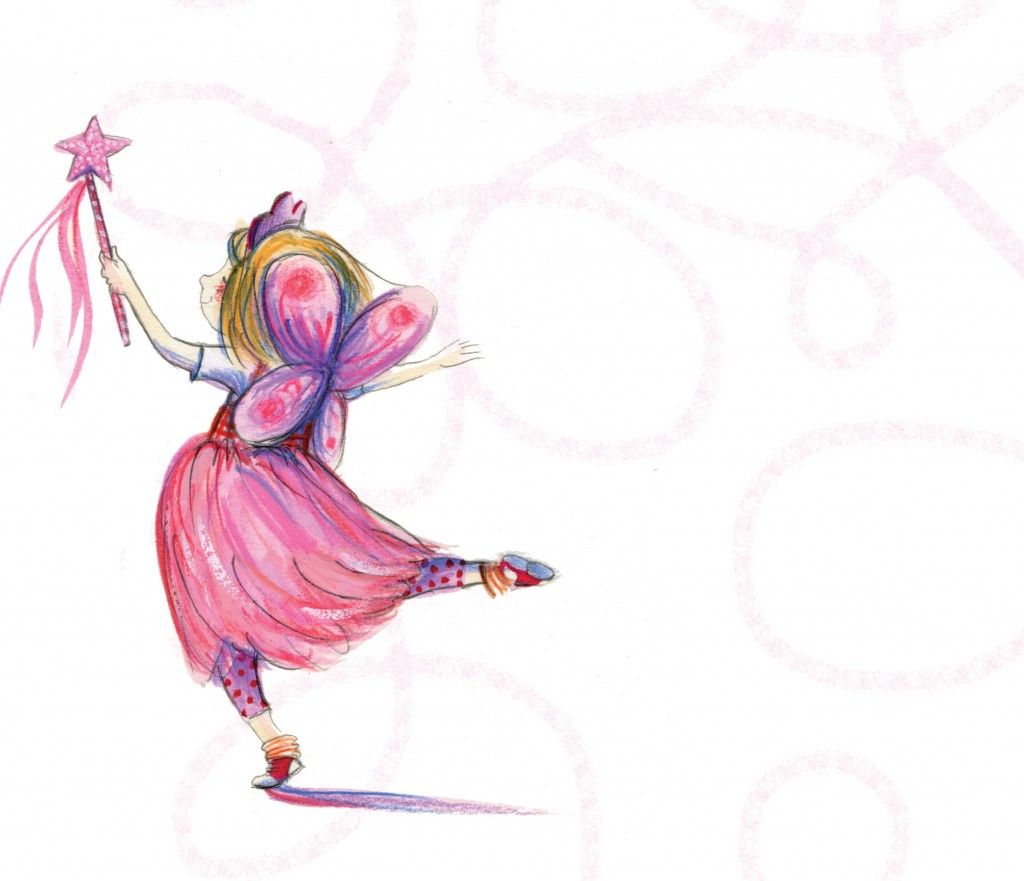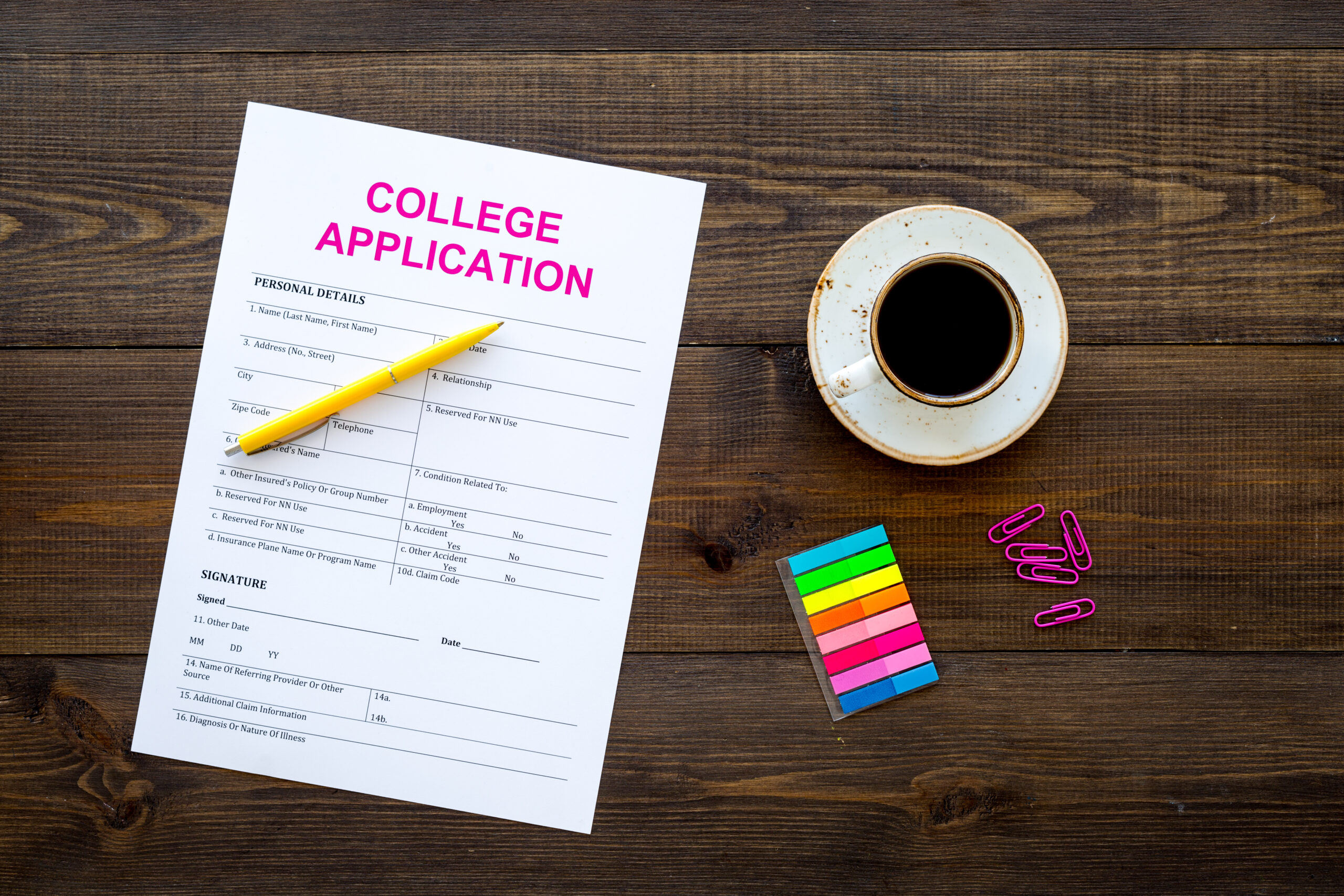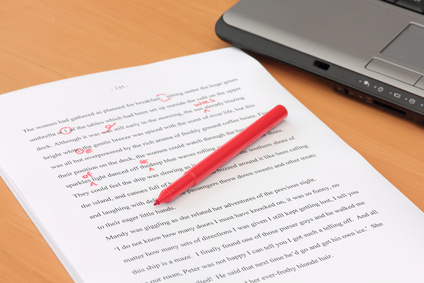
Motion and Emotion
 In our modern lexicon, motion and emotion would appear to have entirely different meanings, but it’s no accident that the words are only one letter apart. They share the same root – from the Latin movēre, meaning to move. One refers to external movement, or the movement of bodies or objects, the other refers to internal movement, or the movement of the heart. Both have an essential place in children’s picture books, as Jane Yolen pointed out recently in her list of “Ten Words Every Picture Book Author Must Know.”
In our modern lexicon, motion and emotion would appear to have entirely different meanings, but it’s no accident that the words are only one letter apart. They share the same root – from the Latin movēre, meaning to move. One refers to external movement, or the movement of bodies or objects, the other refers to internal movement, or the movement of the heart. Both have an essential place in children’s picture books, as Jane Yolen pointed out recently in her list of “Ten Words Every Picture Book Author Must Know.”
In my last blog post, I wrote about illustratability – and how the story must be active and visually progressive in order to lend itself to compelling artwork. Jane talked about avoiding ‘talking heads’ and internal dialogue, and the best way to achieve this is to focus on the movement of the characters and other objects throughout the story. The illustrations can then reflect – and extend – that movement.
Christine Davenier, the wonderful illustrator of our Very Fairy Princess series, is a master at conveying movement in her artwork. Our little heroine is constantly in motion – twirling, dancing, pointing, running… even when she’s doing something as seemingly static as pouting, it’s full of energy, legs firmly planted, arms akimbo, every muscle in her face in active expression. Often there is even an extra brush stroke or two reflecting the direction or pattern of the movement. Our job as authors is to write with this movement in mind, and to that end, verbs are our best friends. We want to make sure that everything we write moves our character and the story forward – through physical space, through her day or days, and through her emotional journey from beginning to middle to end.
This motion must be accompanied by progression of emotion. Every character must arrive at some place new, emotionally, by the end of a story. They must have learned something, or grown in some way so as to be different than they were at the beginning. Finally, we want our reader to so identify with our characters’ journeys that they, too, are moved. When our characters feel excitement, our readers’ hearts should beat a little faster. When our characters feel fearful, our readers should feel their own share of anxiety on behalf of the character. And when our characters learn something new about themselves, our readers should experience the same ‘aha!’ moment of triumph. Motion and emotion are, in fact, inseparable – and both are essential for a truly satisfying story.




